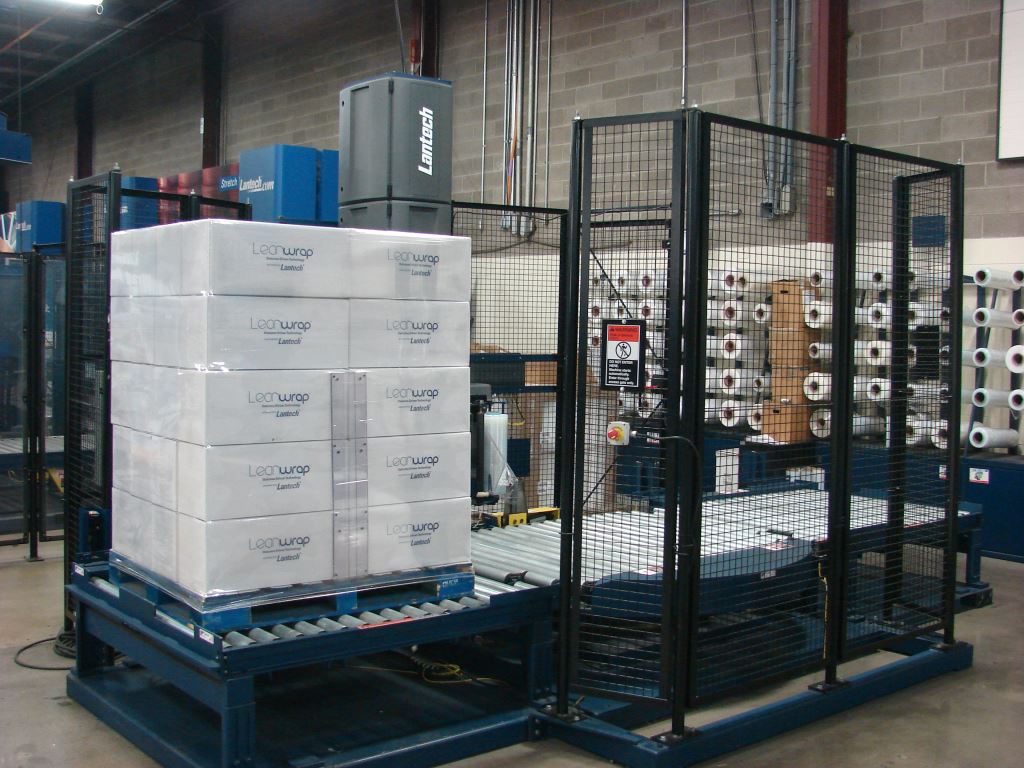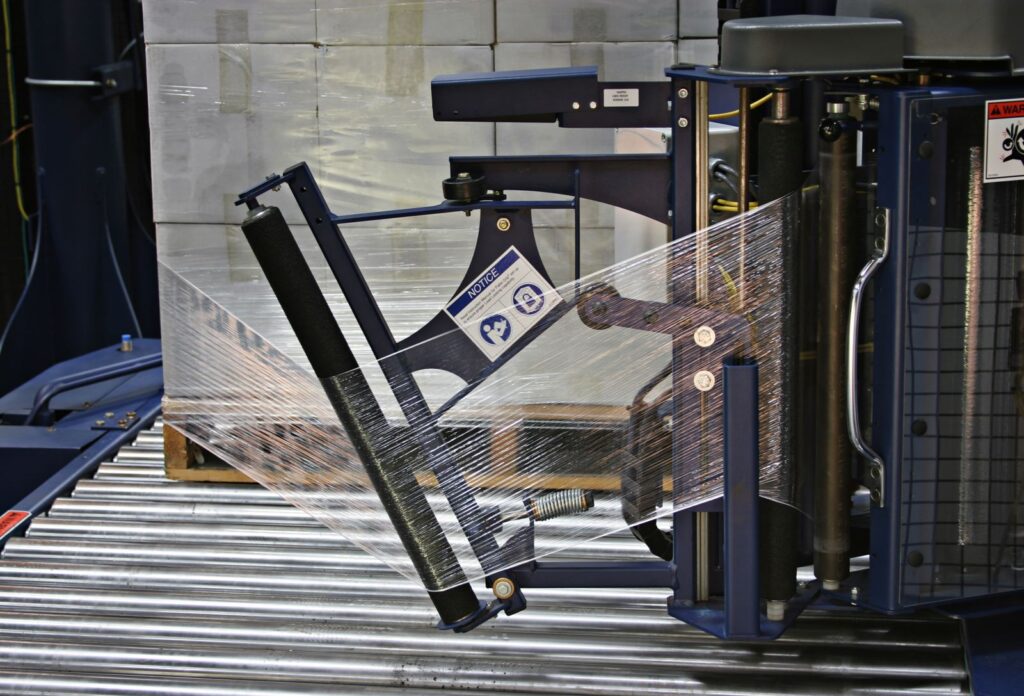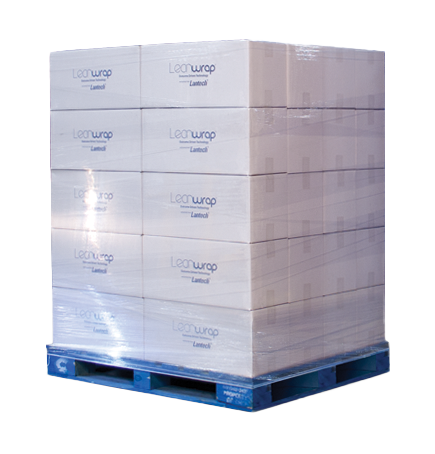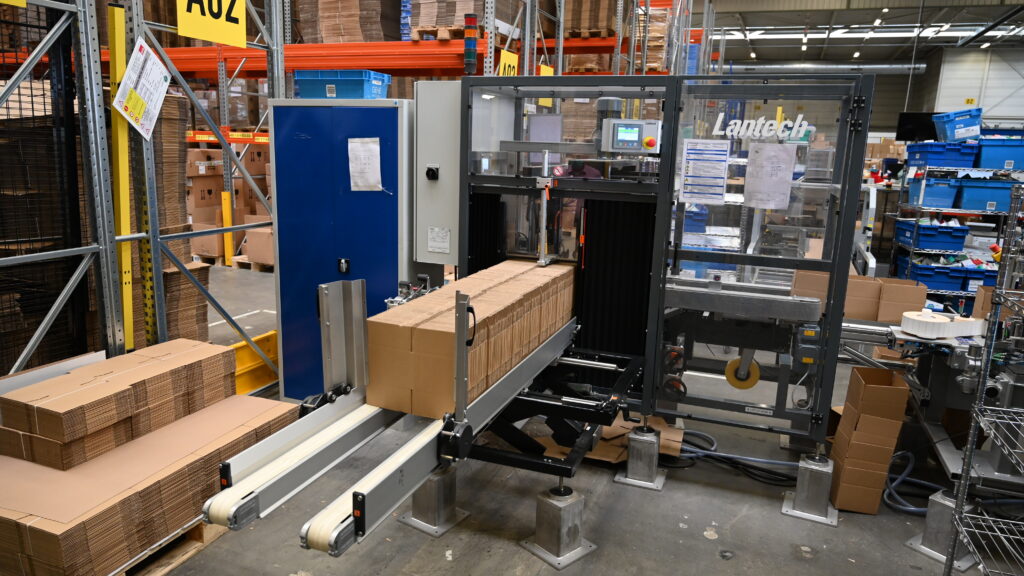Problem or Opportunity?
LTL – less than truckload – pallet loads are a challenge.
Because they’re usually low volume, order picked loads are often fragile, unstable or odd sized, they’re among the hardest loads to stretch wrap. And because they’re handled so much, they have a high risk of being damaged during shipment.
Not to worry, though. This risk can be reduced. Follow these three rules when you wrap LTL loads and you’ll maximize their chances of arriving safely on your customers’ docks.
Rule #1 – Wrap ‘Em Tight!
Tight is what stretch wrapping’s all about. We have guidelines that tell you how tight you should wrap the more standard loads (i.e. how many pounds of containment force you should have on the load). But there’s so much variation among LTL loads that it’s hard to apply them.
On top of that, it’s unlikely that the people who actually stretch wrap LTL loads have the tools to measure the “tightness” (containment force) of each load they wrap.
So what’s “tight” then? For LTL loads, it boils down to your gut feel as to how tight the load should be wrapped – then make it just a little tighter for good measure. Remember, with stretch wrapping, tighter is better! Don’t crush or distort the load though – that’s too tight.
Don’t worry about using too much film. A few extra revolutions of stretch film are cheap insurance. The safety of your loads is what’s important. In this case, it’s better to be safe than sorry. Your goal’s highest wrap quality not lowest film cost. Once again, tighter is better.
Rule #2 – Rope, Rope, Rope!
Make a film rope by grabbing the top edge of the film web with one hand and the bottom edge just underneath with the other hand and making fists while bringing your hands together. As the load rotates, it will pull the film thorough your hands like a “rope.”
It’s a good idea to wear gloves and slow the turntable speed to 3 or 4 RPMs – particularly for the first few times you try this.
Now that you’ve made a rope, you can apply a strong, narrow film web (the rope) exactly where you want it and cope with irregular surfaces or variations in the load. Check out the video to see how.
Rule #3 – Tuck the Tails!
No film tails, thank you. Not only are they ugly, but they lead to stretch film unwinding or loads hanging up and getting damaged during handing. Tucking the film tails is easy enough to do. Remember, customers aren’t happy when the loads they were counting on show up damaged or in unusable condition.
Your Load’s Appearance Is Part of Your Brand
Well wrapped, safe-to-ship loads look well wrapped and safe-to-ship. Looks alone don’t guarantee successful shipment, but they’re a good starting point. So, if your loads don’t look good, think twice before you ship them. Rewrapping may be in order.
At the end of the day, tightly wrapped loads, with plenty of roping and bonding to the pallet, and no hanging or dragging film tails are the keys to successful LTL shipments.
Don’t Take Chances You Don’t Have To
Whether you ship 5 loads a day or 500 or even 5,000, the principles of stretch wrapping are the same. Avoid damage. Make sure your loads are safe to ship by checking your stretch wrapping practices against Lantech’s 10 Step Process to Reduce Damage Through More Effective Stretch Wrapping.
This post was published on April 22, 2013 and updated on October 13, 2017.
April 22, 2013











